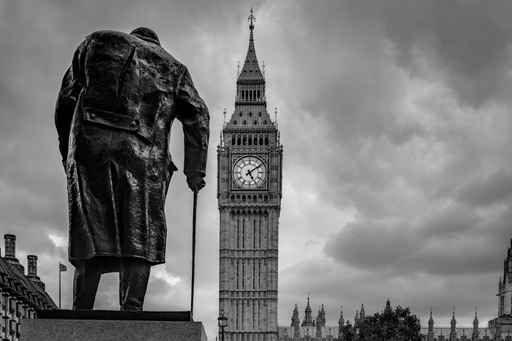News
Video Of The Day: Big Ben In Its Prime
By: Associated Press
Posted on:
Britain’s Big Ben has bonged the hour for the last time ahead of almost four years of repair work.
The giant bell atop Parliament’s clock tower rang out 12 times at noon, Monday, August 21, as parliamentary staff, lawmakers and passersby paused to listen.
The sound faded away to start what is scheduled to be the bell’s longest period of silence since it first rang out in 1859.
It is not due to resume regular timekeeping until 2021, though it will sound on special occasions such as New Year’s Eve.
The break will allow workers to carry out much-needed maintenance to the Victorian clock and the Elizabeth Tower (formerly known as Clock Tower). But some lawmakers have criticized the lengthy silence, calling Big Ben an important symbol of British democracy. They want the time scale for repairs tightened.
The bell has sounded the time almost uninterrupted since 1859 and rings out at 118 decibels – the equivalent of a jet plane taking off.
The 13.5 British ton (15.1 U.S. ton) Big Ben will cease to sound the hours while the clock is stopped, and it will be cleaned and checked for cracks.
The bongs of the iconic bell stopped after chiming noon on Aug. 21 to protect workers during a 29-million-pound ($38 million) repair project on the Queen Elizabeth Tower, which houses Big Ben and its clock. It isn’t due to resume regular service until 2021.
Officially named the Elizabeth Tower in honor of Queen Elizabeth II, the structure is one of London’s most famous landmarks.

It became a symbol of defiance when it survived German bombing raids during World War II — though one of the four clock faces was blown out.
The tower is popularly known as Big Ben, though that is actually the name of the largest of its five bells.
The four smaller bells chime the quarter hours, while Big Ben bongs out the hour.
In 1955 the clock face and bell got one of several facelifts ahead of the building’s 100th birthday celebrations.
This newsreel from 1959 celebrates the milestone, showing drawings from the late 19th century of its construction.
The clock started ticking on 31 May 1859, and the bell was struck for the first time six weeks later.
In 1834 The Palace of Westminster was burnt to the ground. A clock tower was added to the replacement building.
In 2009 most famous bell was celebrating its 150th year.
Although the tower above the Houses of Parliament is covered in a riot of gilt crowns, sculpted masonry and coats of arms, the interior looks functional.
The 4.2 meter- (14 foot-) long minute hand casts a faint shadow over the pale white glass of the dial.
The 5-ton (5.6-U.S. ton) clock mechanism, like a giant wristwatch, is wound three times a week.
In the age of atomic clocks, its near-perfect time is regulated by heavy old pennies laid on or removed from the pendulum.

